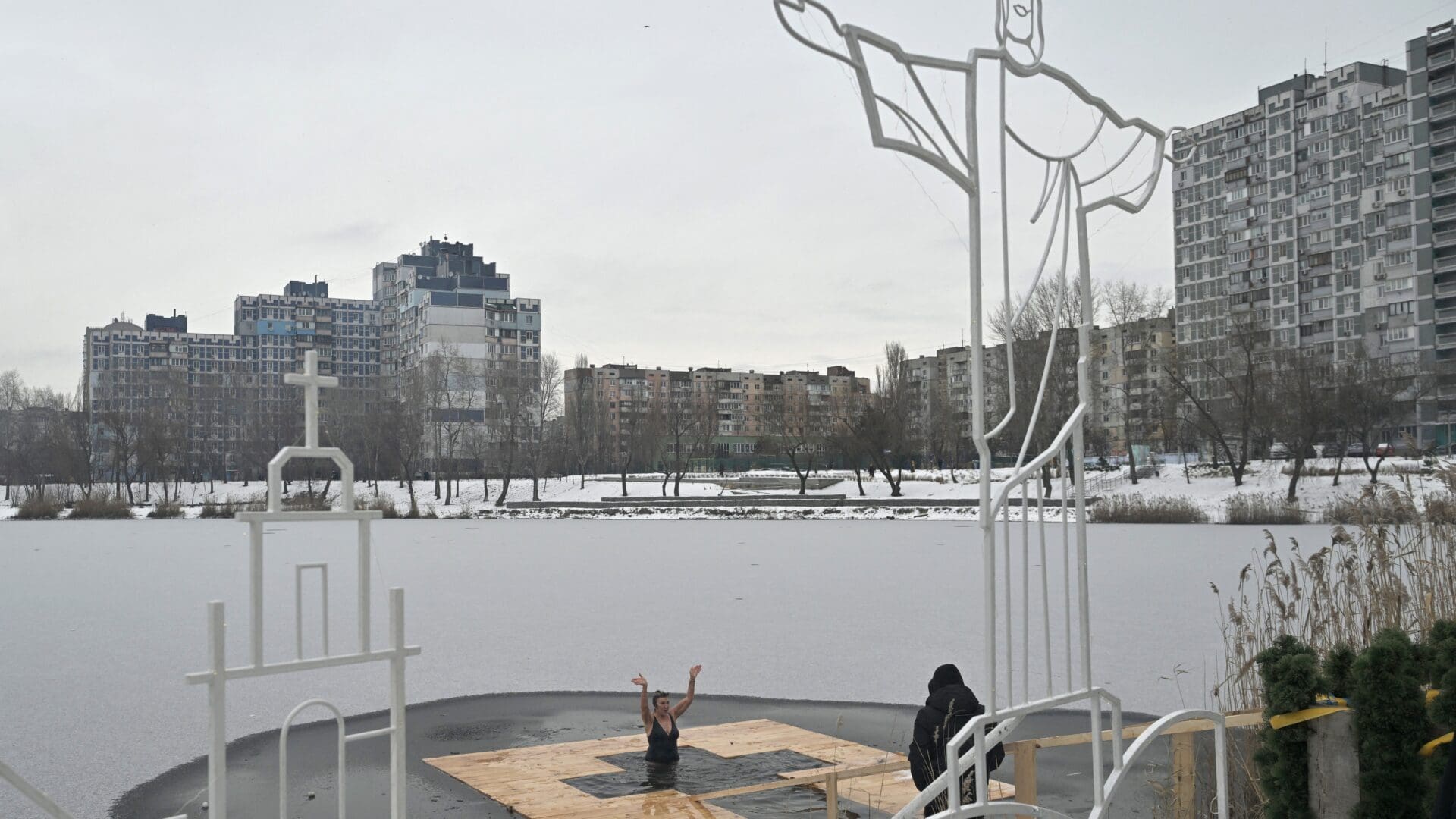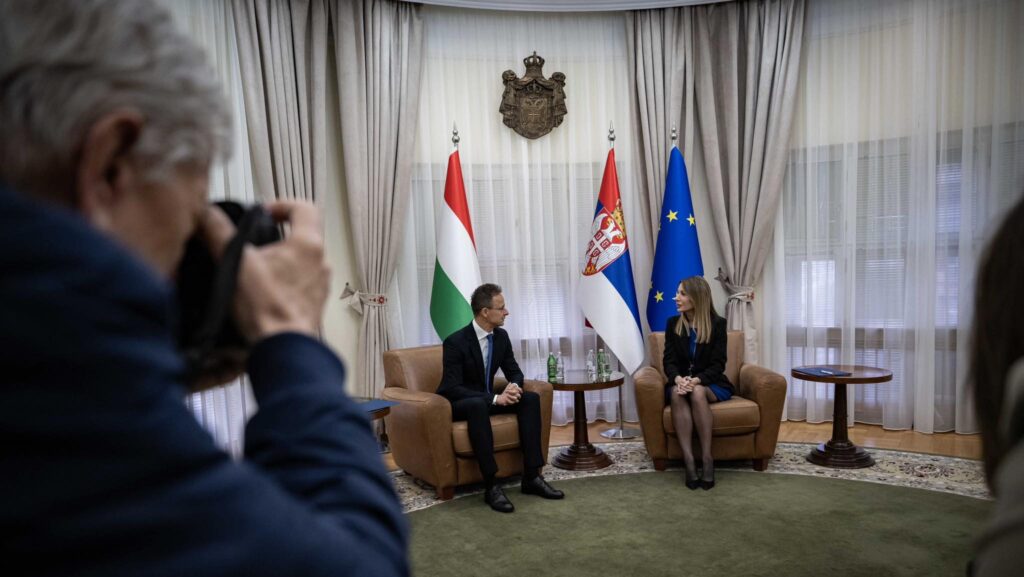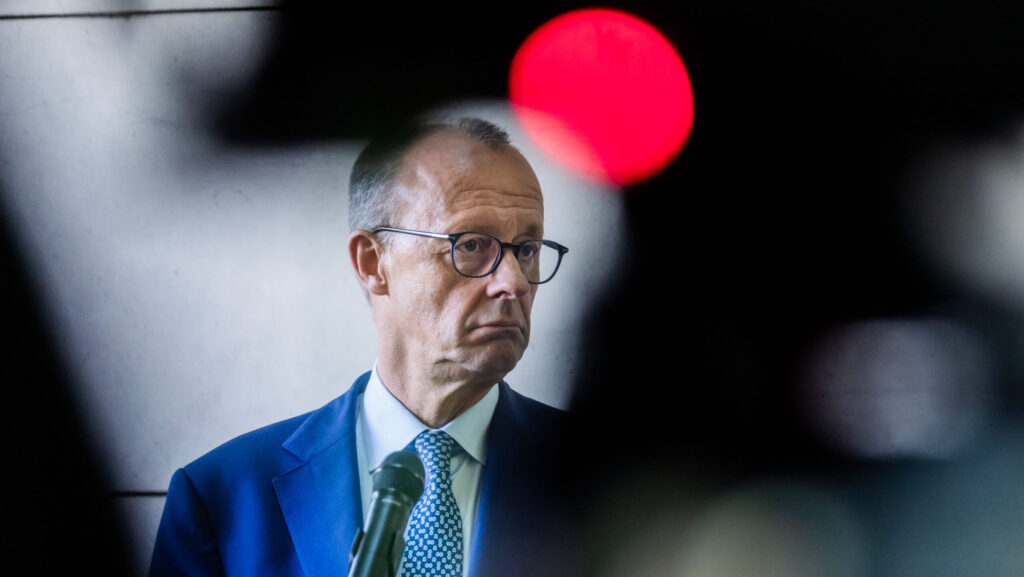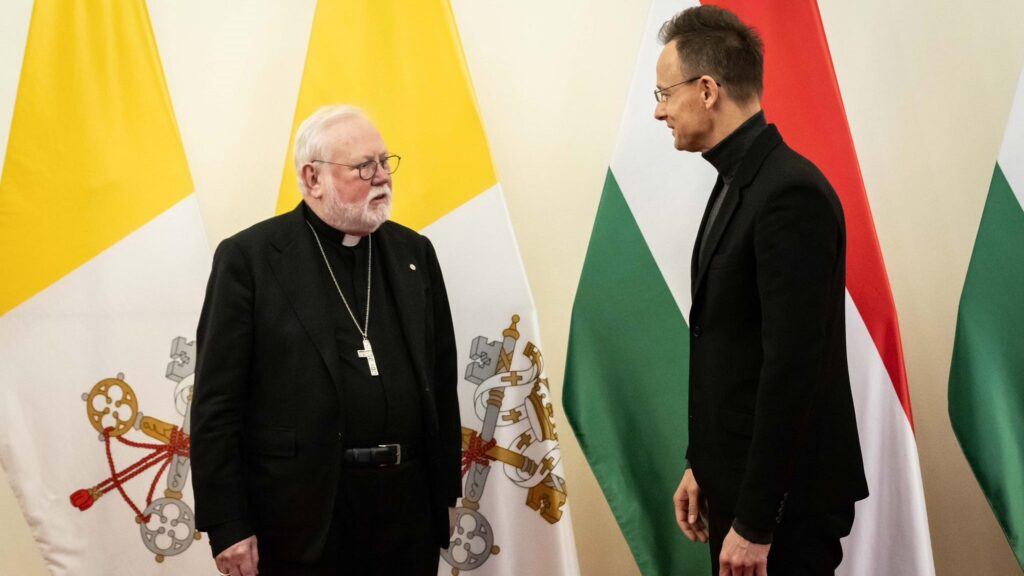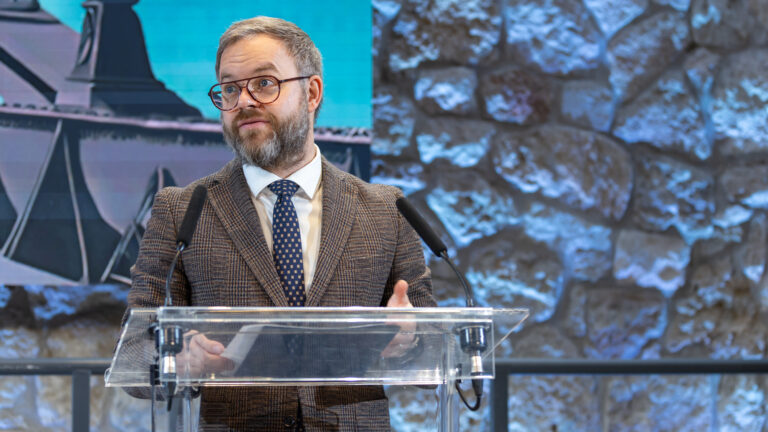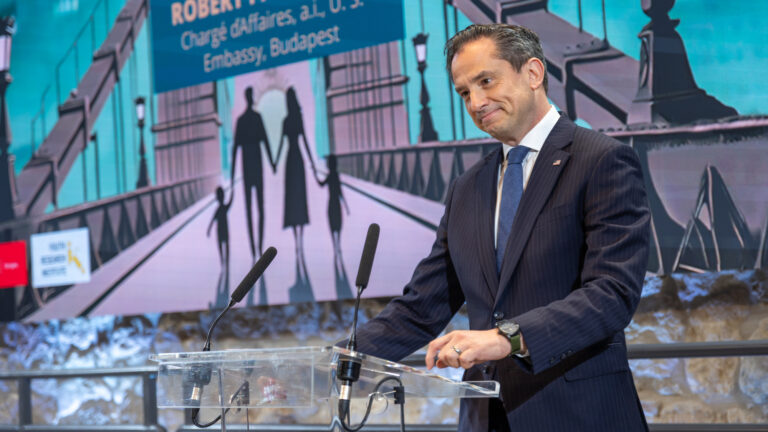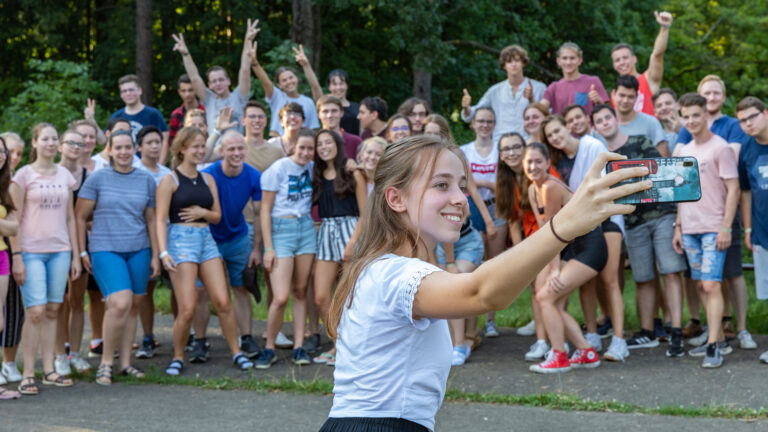‘If you want to see me in Kyiv in December you may have to look for me with a flashlight,’ quipped Maksym Skrypchenko in late September, when I told him about my plans to visit Ukraine around Christmas and New Year’s Eve. The President of the Transatlantic Dialogue Center was referring to the countrywide rolling blackouts last winter caused by the sustained Russian drone and missile attacks on Ukrainian critical infrastructure. In 2022, the massive Russian bombing campaign against Ukrainian power and heat generating capabilities commenced on 10 October—by November, the embattled country was plunged into darkness.
During the winter of 2022/2023 the Russians failed to break the fighting spirit of Ukraine: although the major urban centres were sometimes left with as little as 3–4 hours of electricity per day,
the population bravely soldiered on relying on mobile generators, battery packs, government provided hot-spots—and yes: flashlights.
As winter thawed into spring Russian attacks on critical infrastructure gradually melted away, with Ukraine resuming electricity exports as early as April 2023.
In September 2023, everyone I talked to in Kyiv assumed that the Russian aggressors would soon renew their bombings targeting Ukrainian energy and heat generating capabilities, yet no one knew what to expect exactly. On the one hand, air defences had been substantially beefed up by a massive influx of NATO weaponry, and Russian stockpiles of missiles and drones were assumed to be reduced. On the other hand, the hastily patched up Ukrainian critical infrastructure was potentially much more fragile and vulnerable to possible new Russian weapons and tactics.
As my train pulled into the Ukrainian capital during the morning hours of 16 December, the dreaded bombing campaign hadn’t commenced yet. Apart from periodic strikes on Odesa, Kharkiv and other urban centres closer to the frontlines, the Russians hadn’t attempted to systematically destroy Ukrainian power-generating capabilities countrywide. Kyiv specifically experienced an unusually long lull in night-time bombardments during the fall: in October 2023 the alerts only sounded six times in the metropolis.
Still, I couldn’t help but notice the generator as well as the 100-liter metal barrel to store gasoline at the entrance of a cosy Georgian restaurant in Sofiivska Borschahivka, just outside the city limits of Kyiv. ‘I’ve been trying to sell my generator for weeks now,’ my friend Andy commented as I quickly snapped a pic. ‘I’ve never used it. It was worth 16,000 hryvnias (appr. 422 USD) when I bought it a year ago, now it wouldn’t even sell for 9,000.’ This winter no one wanted to buy a generator, at least not in Kyiv. A couple of days later Andy decided to cut his losses by selling the generator to a family in the heavily-shelled city of Kherson for only 8,000 hryvnias—he even had to cover the postage fee.
As we opened the menu in a restaurant, ‘Last Christmas’ started playing on the radio. During my December stay in Kyiv and Lviv I would grow to hate the famous Wham song as well as ‘All I Want for Christmas Is You’by Mariah Carey. The two songs are obviously inseparable from Christmas in Hungary, too, however, in Ukraine the melodies—as well as their innumerable remixes—were omnipresent: on the radio, in most of the restaurants, at the Christmas markets and of course: in every mall.
The English-language songs on a seemingly endless loop were just one of the many tokens of Anglo-Saxon mass-culture related to Christmas that I noticed during my stay. Upon my arrival in Ukraine in the absurdly oversized waiting area at the brutalist railway station in Chop I was greeted not just by a Christmas tree, but also by a huge Santa Claus mannequin accompanied by a pile of neatly wrapped boxes with shiny ribbons.
As I waited for my train to Kyiv, I kept looking at Santa: he was dressed in an azure velvet robe that turned Tiffany blue in the last rays of the setting sun.
He was standing against a backdrop of bright yellow tarpaulins covering up the Soviet-era murals on the walls that were still visible during my last visit in 2018.
Maybe the choice of blue was intentional: together with the yellow tarpaulins the colours of the Ukrainian flag were conjured up. As it got darker, I realized that a small, wall mounted laser projector was casting cheerfully dancing shiny dots on the walls. The whole scene reminded me of the US.
After the Georgian restaurant Andy took me to a Christmas market in Kyiv—passing by Blockbuster Mall—where one of the mulled wine vendors had no less than ten flavours, including pineapple! A crazy abundance of choice—and my thoughts drifted to the US again. These little Christmas tokens came in the wake of a July move from President Volodymyr Zelenskyy signing a law moving the official Christmas holiday from 7 January to 25 December in order to ‘abandon the Russian heritage’ and to align Ukraine with the general Western (European) tradition.
As we quietly waded through the half-melted snow, I realized that it was not (just) about Christmas. In the capital city in particular, Ukrainians signal in a variety of small ways their desire to belong to the West. Kyiv could compete with any European capital when it comes to the number of EU flags seen on the streets. At European Square, not far from Maidan, in the middle of a roundabout the four-pointed star of NATO stands atop a metal pillar surrounded by a circle of Ukrainian and EU flags. Andy even sent me a picture of a weather-torn NATO banner decorating the dilapidated façade of a small diner on the highway to Lviv.
There are of course some limits to the reception of Western mass culture. Andy hosted the New Year’s Eve celebrations in a hotel in the smallish town of Truskavets not far from the Carpathian Mountains. After a few English-language pop songs, I saw an elderly lady indignantly march up to Andy. As he leaned away from the microphone she shouted in his ear: ‘Sing in Ukrainian! This is not Kyiv!’
In Lviv I happened on a quite unusual restaurant while I was fleeing a group of girls in their early twenties trying to sell blue-yellow ribbons to anyone who was speaking English. The fact that I already had one on my backpack didn’t stop them from first physically blocking my way then following me all the way to the edge of the door of the restaurant. I got a table under a huge Revolutionary War Era American flag in a room where the wood-panelled walls were lined by the portraits of various US Presidents going back to the Founding Fathers. As I was sipping my drink, I was reminiscing about my visit to Mount Vernon—George Washington’s plantation in Northern Virginia—with my American friends in March 2022.
My daydreaming came to an abrupt end when the air raid application went off on my phone. I was not in the United States, let alone in the West. The much-anticipated summer counteroffensive failed to make Ukraine’s hopes of swiftly defeating the Russian invaders on the battlefield come true. After heavy losses the Ukrainian army – suffering from a shortage of men and running low on ammunition—was forced to take up defensive positions. At the same time continued military and financial assistance for the embattled country—a given in 2022—has been stalled for months now in the US Congress. The White House announced the last tranche of military assistance available without fresh approval from lawmakers in Washington DC on 27 December. At the same time,
political consensus in the EU for further financial aid still seems elusive.
In December, stories about Ukrainian authorities recruiting men from restaurants and gyms using harsh tactics were carried all the way to the American mainstream media. Finally, after a long pause, the Russians launched one of the biggest air assaults of the war on 29 December that seemed to have partially overwhelmed Ukrainian air defences even in Kyiv. The massive attacks continued into the first two weeks of January, with more than 500 missiles and drones launched at Ukrainian cities.
At the Christmas market in back in Kyiv, I noticed the abundance of lights: larger than life polar bears, reindeer, sleights, and snowflakes made from thousands of small LED lights attached to wire frames. But no amount of light could disperse the sinister gloom over what the first months of 2024 would bring for Ukraine.
And as I was waiting to cross the border back to Hungary at Chop on 3 January, a text from Andy who had just arrived back in Kyiv popped up on my phone: ‘There is no running water in my building.’

